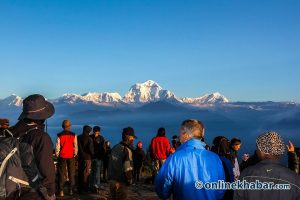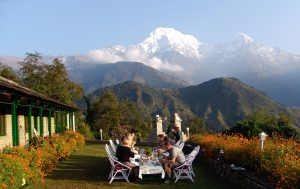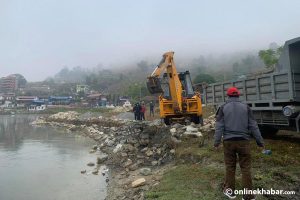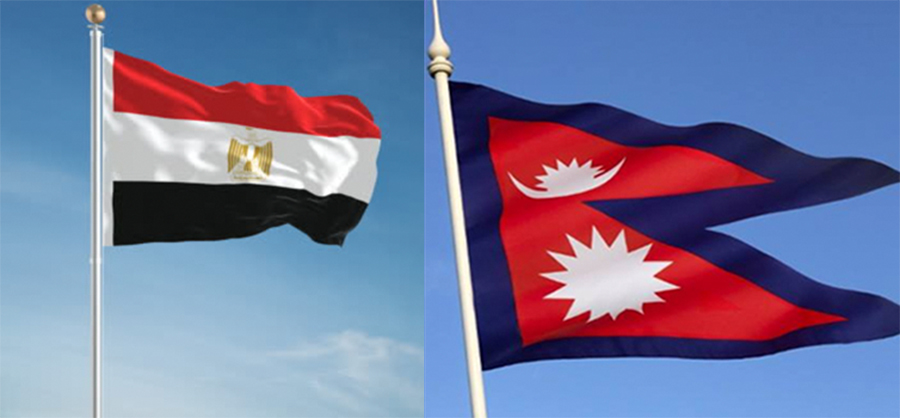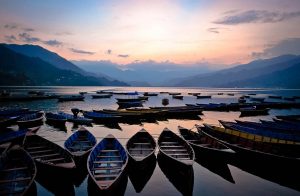“There he stood, the Mahseer of the Poonch, beside whom the Tarpon is a herring and he who catches him can say he is a fisherman.” Rudyard Kipling (Jungle Book, 1894).
Virtually, cut off from the rest of the world until the 1950s, Nepal saw the dawn of tourism after an intrepid duo set foot on this little “mythological Shangri-La” to scale the Everest. That venturous duo were Tenzing Norgay and Edmund Hillary. At 11:30 am on May 29, 1953, the Everest was conquered . . . and world history was rewritten.
The historic event catapulted our little known country to global fame. Adventure tourism, thus, saw its birth in Nepal. With time, it diversified. After the top-draw adventure attraction of mountaineering, came trekking, followed by wildlife safari and white water rafting. Human’s hunger for more adventure, however, would not let up.
Braver diversions
Old concepts turned passé. To woo more tourists, newer concepts like ‘eco tours’, ‘green tours,’ ‘cultural tours,’ ‘soft tours,’ ‘adventure tours’ and the like heralded a revamping of the travel notion.
Soon followed braver diversions, the likes of rock climbing, canyoning, paragliding, hot air ballooning, mountain biking, bungee jumping, skydiving, zip flying—and still counting! Ski-mountaineering and ski-diving? You heard it right. That’s another adventure notion the travel operators have tweaked into their itinerary.
Worldwide sport
Surprisingly, angling or fishing tours in Nepal still seems almost an uncharted domain, less explored and waiting to be tapped. Neighbouring India, on the other hand, has made quite a leap into this field.
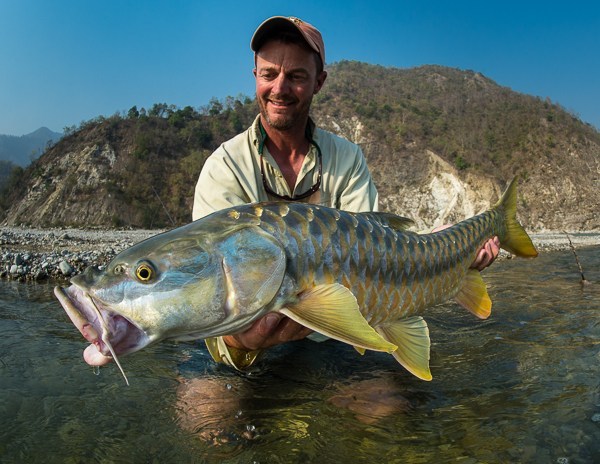
Sportfishing in India has flourished substantially in the last two decades and almost every travel operator includes angling trips in their holiday itineraries. This adventure sport lures worldwide anglers to India in pursuit of the legendary Golden mahseer (tor putitora), the ultimate dream fish of every serious freshwater angler.
The popular angling destinations in India include the upper Ganges with her many tributaries in North India like the Ram Ganga (flows through the Corbett National Park), Saryu and Kali at Pancheswor, Uttarakhand, for the golden mahseer, and the river Cauvery rising in the mountainous region of Coorg in the Western Ghats in the Karnataka state, for the monster-size hump-backed mahseer.

Dedicated anglers from around the world spend fortunes to travel thousands of miles to India in pursuit of this charismatic game fish. Tours are typically booked up to a year in advance through travel agents or online.
Considering its endangered status, the Indian government has passed strict directives to release all such mahseer catches. You catch it, then gingerly hold it in your arms, weigh it, measure it, strike a pose with it for a photo, and finally release it gently back into the waters where it belongs.
Over the past few decades, the trend of tourism in Nepal has gone through a dramatic diversification, with adventure tourism taking an edge over others. Some years ago, a news item headlined “Nat Geo hails thrill-seekers’ paradise” pointed out that National Geographic identified Nepal and Brazil among the top-draw adventure destinations in the world.
This came as welcome news. Given proper promotion, angling for mahseer in our torrential snow-fed rivers tucked into the foothills of the exotic Himalayas guarantees the visitors newer horizons of virgin wilderness, adventure, and truly a fantastic angling itinerary.

In recent years, a handful of Nepali travel operators have included fishing in their itinerary. Such trips are, however, a far cry from the organised fishing carried out by many outfitters in neighbouring India.

Owing to lack of professionalism, inadequate data and research on the aquatic life, and insufficient expertise and handling experience to back such ventures, the potential of running fishing expeditions as a full-fledge adventure destination has not been fully tapped in Nepal. More than that, for the past few decades, the legendary mahseer has had a trying time caused by human encroachment and depletion of natural resources.
Threatened
The 2018 Living Planet Report, published every two years documented an alarming 60 per cent decline in the population of wildlife on earth, both terrestrial and aquatic. Depletion of natural biodiversity, on the other hand, threatens the planet to its brim. Human encroachment and the atrocity against wildlife on the face of the earth did not spare Nepal, too.
And today’s buzz-words ‘global warming’ and the ‘greenhouse’ gas emissions have kept the scientists on the edge of their seats since the turn of the 20th century.
Considered a national heritage by ichthyologists, the status of mahseers in Nepal is far from satisfactory. In truth, they are heavily threatened and fall under the IUCN Red List. The causes for this are not far to seek.
Unethical killing
Yes, in the past few decades, the ‘popular’ but grossly unethical methods of fishing have only worsened to assume alarming proportions. The mahseer has fallen victim to blast-fishing, poisoning, electrofishing, and fishing during the spawning season. Rampant gill-netting with no regard for the size of the mesh (decimating mother and fingerlings both) has become a ‘joyriding’ epidemic. And to make a quick buck, people go to any length.

During one of my fishing trips to the Tama Koshi River, some 18 km from Dolakha, Charikot, I witnessed a scene that made my blood run cold. On seeing some commotion, curious, I approached the noisy group of locals gathered at the riverbank. Never thought people could stoop so low.
To my horror, they had a live wire strung from the high-voltage transmission line, which they shoved into the water to electrocute the fish. What nerve! Why on earth did they not realise that it was too dangerous and not only kill the fish indiscriminately but take their lives too?
Massive encroachment
“The mahseer is essentially a fish of the rocks, the rapids, and the hills,” wrote A. St. J. Macdonald in his epic book, Circumventing the Mahseer, published in 1948. No words could be truer about the Himalayan gamefish. The more untamed the river, the better is the mahseer run. They hunt and thrive in rough but clear waters with lots of gravel. Silted water proves as their worse nemesis.
What with the country’s infrastructure work at its height from construction of roads, dams to barrages and irrigation weirs, massive quarrying of rocks, gravel and sand from the river bed to natural calamities like landslides (associated with deforestation), all led to the destruction of its natural habitat and disrupted its annual migratory cycle, which is so critical for natural reproduction.
That said, as loss of biodiversity and rapid depletion of natural resources continue, lack of awareness among the riverside fishing community and total government apathy to address the problem, on the other, pose disastrous outcomes for the mahseer and other aquatic species still fighting for survival.
Freshwater monsters
Along with the mahseer, other gamefish like the river monster Goonch catfish (Bagarius yarelli), which have been known to grow to more than nine feet weighing up to a whopping 50 to 150 kilos, and the snow trout, Asla (Schizothorax macrophthalmus), too, are under threat of extinction if the problem is not timely addressed. The goonch is regarded as a formidable quarry by anglers while fly-fishing for Himalayan snow-trout, a great sport.

The monster-size goonch has a notorious reputation of dragging fishermen into the river and eating them. Jeremy Wade, the British angler, biologist, and writer—better-known as the TV presenter of the wildlife documentary—the River Monsters—toured the world in pursuit of the giant catfish and fished our Mahakali waters in west Nepal, too.
Catch-n-release
Apart from the implementation of conservation measures, awareness among the modern-day anglers and the riverside fishing fraternity is equally important and can effectively work as a stepping stone in saving the aquatic life of our rivers from extinction.
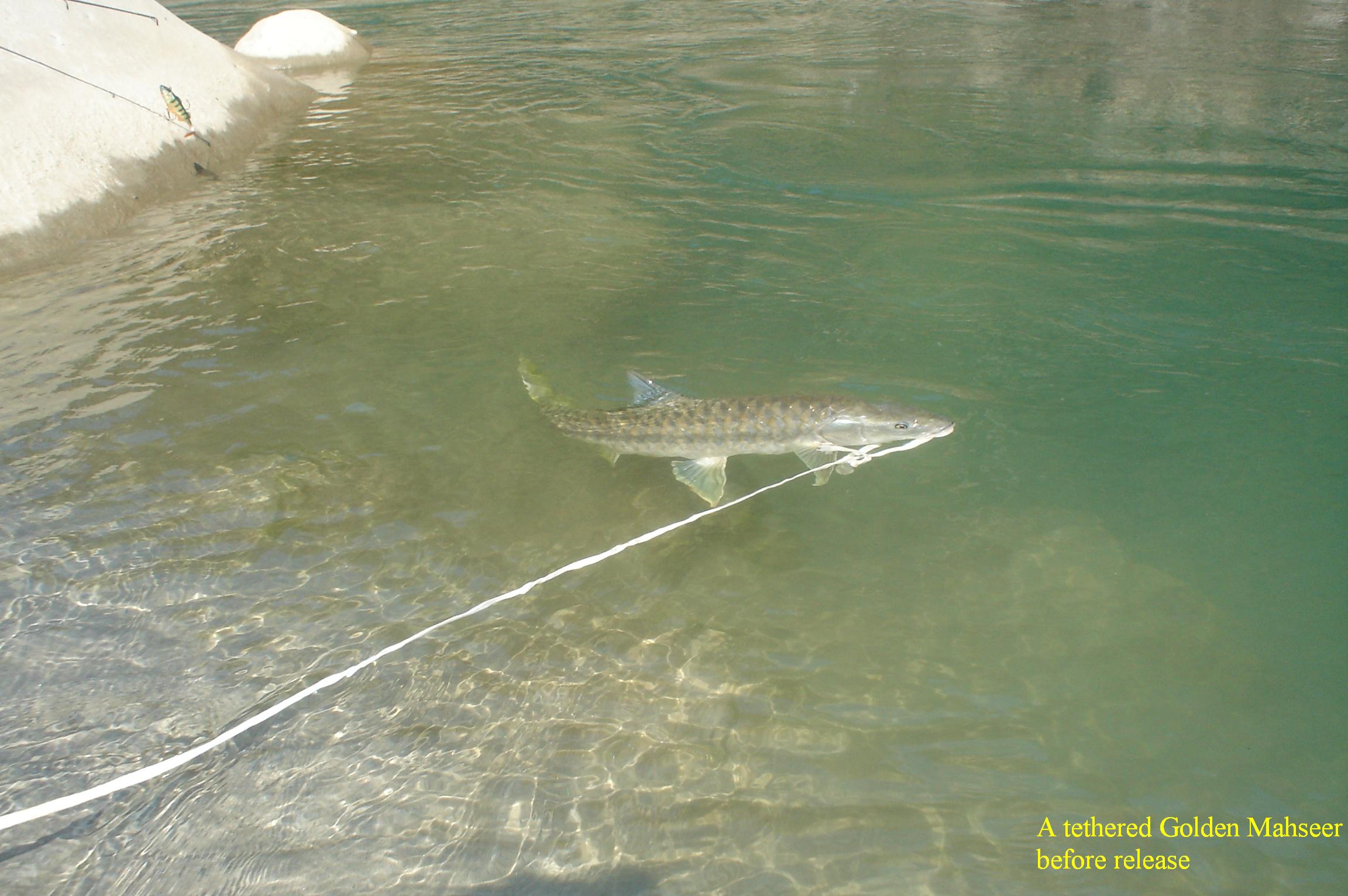
Little-known some two decades ago, catch-and-release among the old-hands and the budding mahseer anglers in Nepal in recent years, have shown some promise for this endangered species. Many Nepali and the visiting foreign anglers to our rivers in Nepal have started releasing their prize-catches.
This conscientious act by the anglers has to some extent sparked off a little curiosity among the local fishing community about the significance of conserving the aquatic life of their rivers. Simple curiosity is followed by an interaction with the anglers and that eventually helps shed light on the fish’s vulnerability and the threatened status to the local people.
Great potential
Given meticulous planning and customised escorted destinations, mahseer angling, as an adventure travel destination in Nepal, can surely make a major breakthrough in travel trade business. Other tour packages like wildlife safari, white water rafting, nature trekking, and bird watching can be mutually supportive, and impart further impetus to such ventures.

“Sport fishing could go a long way in conserving these fish. Anglers not only pay top dollar to land the Mahseer, which has become a legend among anglers, but will also create jobs for the poor. No doubt that protecting stretches of rivers like this is the answer. But the government must be willing,” writes an angler-conservationist, Arun Rana, for Fishing Himalayas, a website dedicated to responsible sport fishing in Nepal.
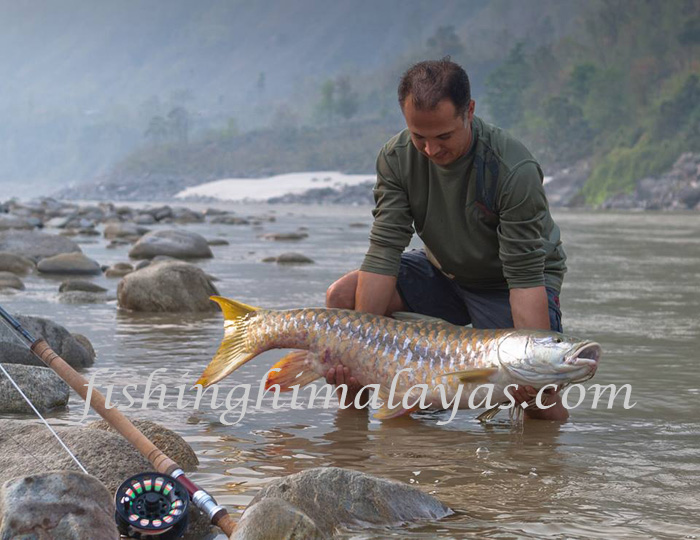
In recent years, the entry made by fly-fishing mahseer in our waters has gained growing popularity. Fishing golden mahseer on the fly is considered by anglers a bigger challenge than fishing with the conventional tackle, but believe it can match the catch ratio of the latter, no less.
First, a careful study and survey of potential mahseer waters, evaluation of the present status of our watercourses and their resident mahseer runs and informed selection of river stretches least affected by human proximity and poaching are essential.
Emulating the neighbours
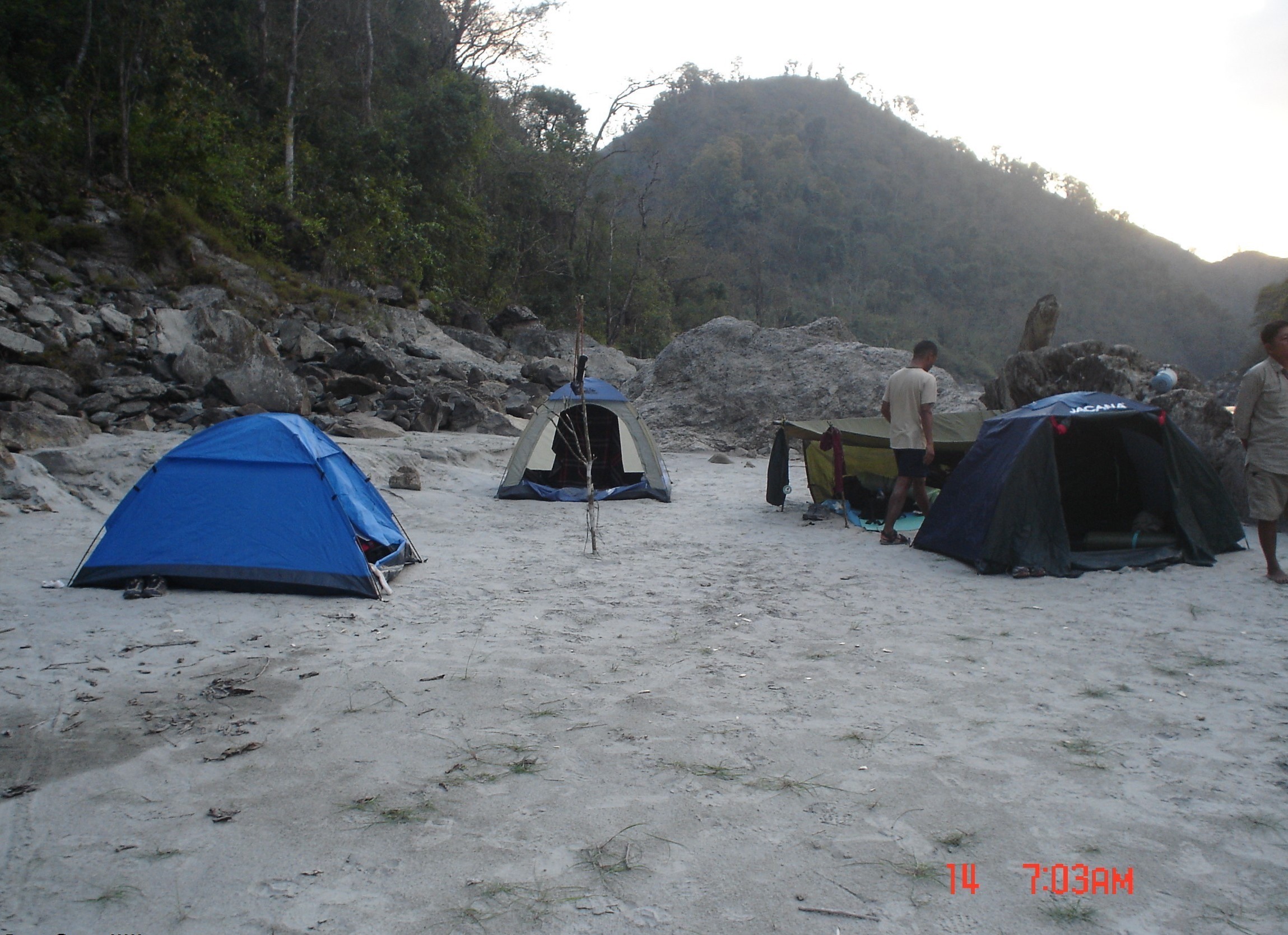
Following in the footsteps of our Indian cousins, all angling operations can be managed either from fixed station riverside camps or lodges or by mounting short or long expeditions by river rafting combined with short hikes. Some guidelines to consider:
•Conduct angling trips on a day-by-day basis from established camps or lodges, located near the fishing waters. In Bardiya National Park, several resorts can work as established bases from which to fish the Karnali, Babai, Bheri and Seti rivers. The roadside town of Chisapani can also serve as a base for fishing the upper Karnali and confluences like the Karnali-Bheri and Karnali-Seti.
•Organise expeditions or customised trips with local river guides or river scouts by raft or short treks. Given proper planning, our rivers offer plenty of opportunities, both by raft or short hikes. Many rafting companies can accommodate such a schedule.
Some options are: Dolalghat/Chatara Ghat river rafting with a myriad of tributaries feeding themselves into the Sunkoshi river in the central Nepal hills or short hikes from Mulghat in east Nepal’s Dhankuta district to Tribeni along the river Tamor, or from Maibeni in east Nepal’s Bhojpur district to the confluence of the Pikhuwa and Arun rivers, or from west Nepal’s Bheri-Karnali confluence to Chisapani.
• Combine fishing packages (if close to a national park) diversified by other activities such as nature walks, elephant safaris, birdwatching, village tours, canoe rides, and the lot.
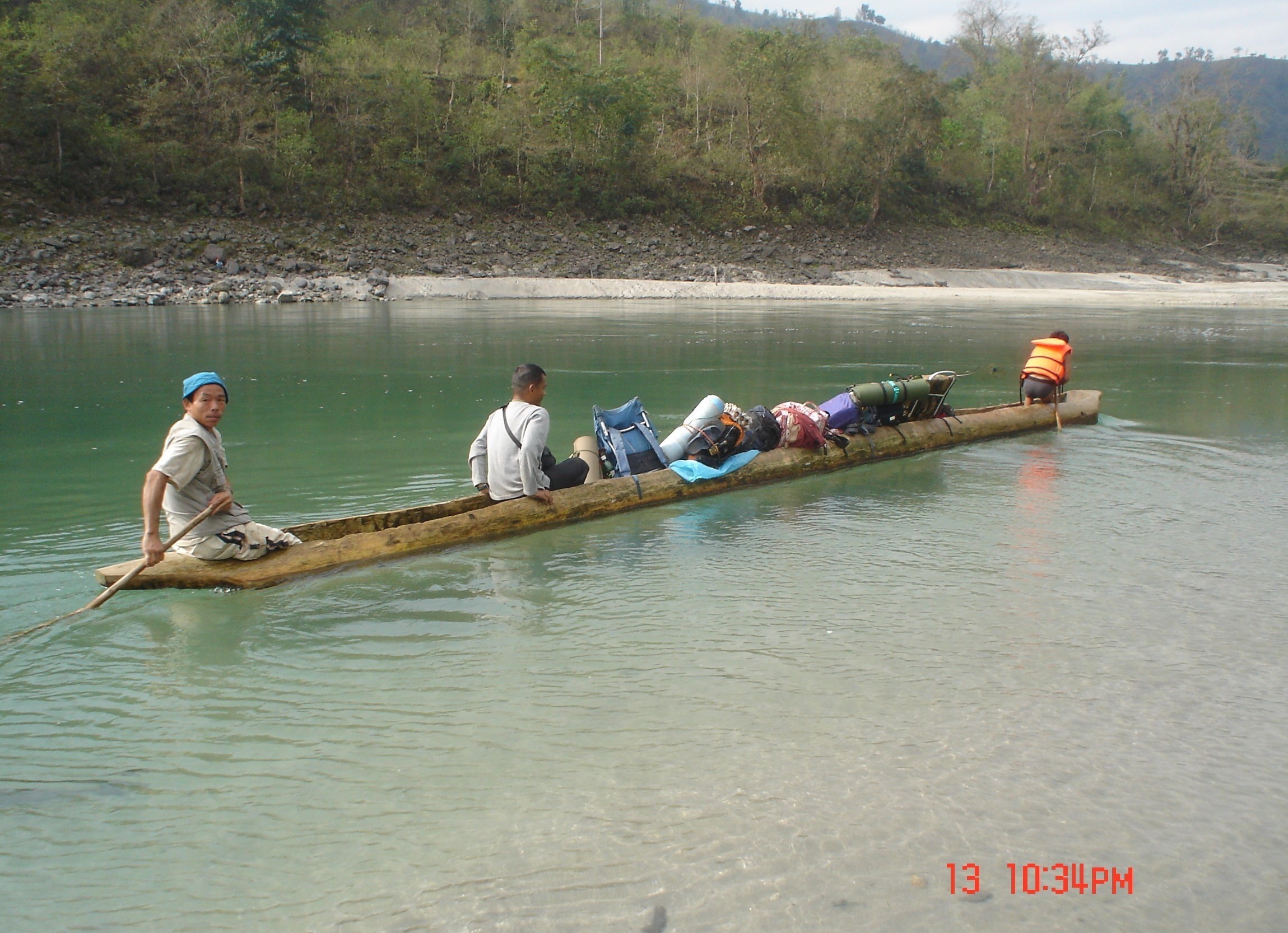
We cannot expect to develop this adventure sport unless we develop in-depth guidelines and a strategy that combines both ‘transplantation and conservation’ to revive these threatened species. It’s high time the concerned authorities took some bold and innovative strategy to save this species from being shoved into oblivion.
Nature at its best
For every visiting angler in pursuit of the awe-inspiring mahseer, there is more to it—not just the fish. The foray kicks off with the sprawling countryside, and from one moment to the next, nature accompanies him with all its bounty.
As a myriad of undulating wooded hills and awesome gorges appears, the rivers rage and crash past breaking into hundreds of churning white rapids and beautiful falls. The visitor is stumped.
As he finds himself smack dab in lush green mountain valleys, the gin-clear spring-fed headwaters meander past him to continue through the verdant subtropical jungles to pour themselves into their big cousins.
Time and again, the remote outback offers incredible sights of wildlife and sounds of nature that greet the untrained ear. Many a village crosses the trail, offering rare moments to share with the local people and observe their unique customs, beliefs and diverse ethnic culture.

And finally, as he casts his line over the swirling water, the master fisherman, the Kingfisher, suddenly swoops down into a blinding flash, spears its tiny prey and flies off. Next, his heart skips a beat as a mugger crocodile breaks the surface to laze on the sandy beach.
And before he knows it, he gawks unbelievingly at a handsome Cheetal stag that approaches the other side of the river for a drink. Sheer bliss!
And all this time the ultimate quest for that elusive “Big One”—“the Mighty Mahseer” of his dream haunts his mind. Save the Mahseer! Tight lines!
Warning: Reproduction or copy-pasting of this text in magazines or websites without the consent of the author is strictly prohibited. Failing that violators will be held liable for plagiarism.





